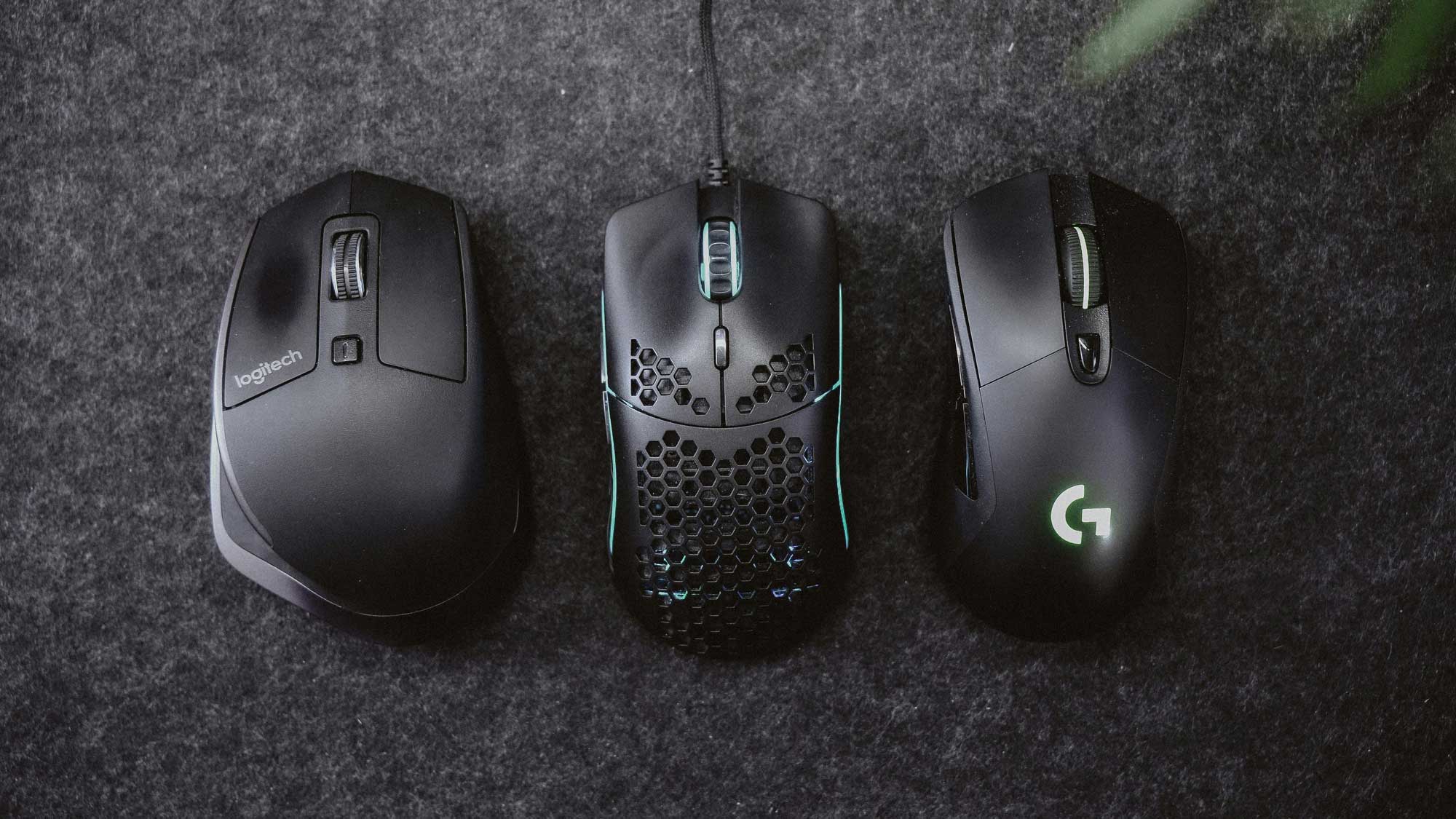One brief search on Amazon will reveal that the market for mice is practically endless. With a myriad of potential options, how could one know which one fits their needs best? In the guide below, we’ll provide some advice on finding the perfect mouse for your needs. You could be a gamer, graphic designer, or office worker, and without a doubt will be needing a mouse for everyday use; whether you’re looking for top-of-the-line precision or a basic everyman’s tool, we’ll have you covered.
Wired or Wireless?
It’s important to keep in mind your requirements and personal preference when deciding between a wired or wireless mouse. Generally, both offer the same core features, however there are a few key differences that can help you make an informed decision when buying. Ultimately, it comes down to your own needs and priorities, as well as how much convenience and versatility you’d desire in a mouse.
For example, if you’re a gamer, a wired mouse may be the preferred option; it typically includes dedicated gaming features that focus on speed, performance, and accuracy. However, if you’re looking for a matter of convenience, a wireless (or “cordless”) mouse might suit you better. Wireless mice can be used on any device with a Bluetooth function, without having to worry about plugging into the right port or having to untangle your cords first. Additionally, if you plan to travel frequently or often find yourself swapping between multiple devices, a wireless mouse is probably your best bet.
Of course, a wireless mouse can suffer latency and connectivity issues, which can be frustrating to encounter. Sometimes, wireless devices can inadvertently interfere with other wireless devices nearby. It also requires you to keep up on their battery life, and if you need to use a dongle (a tiny wireless receiver) for it, you run the risk of losing that when you travel to and from the office.
Alternatively, a wired mouse is usually cheaper, and probably simpler to use. Plug it into your device and you’re good to go. The only thing you’ll really have to deal with is a nest of tangled wires.
What about Ergonomics?
Ergonomics is an important term that floats around conversations about mice. An ergonomic design for a mouse can prevent repetitive stress injuries. Some mice may be more comfortable to use than others, and the best way you can find out how a mouse may feel without buying it first is doing your research beforehand. You can do this by checking product reviews or visiting a store in-person.
Comfort, for a mouse, is typically dependent on its size and grip. The ideal size for a mouse change from person to person, based on hand size. For smaller hands, a larger mouse might prove quite unwieldy.
Some mice are also designed for different types of grips, such as fingerprint grip, palm grip, and claw grip. Should you require precise control over your cursor, a fingerprint grip design might be advisable, but if you prioritize comfort, a palm grip might suit you better. Claw grip mice are usually a safe spot between the two.
What’s DPI?
A mouse’s DPI (dots per inch) refers to the amount of detail that a mouse can capture and communicate to the screen. This measure is especially relevant for graphic artists and photographers who rely on their mice for accuracy in choosing colors, weights and sizes when working on a project. In general, a higher DPI means more precise and accurate selections. For example, a mouse with at least 1200 DPI is considered above average in control and precision. However, a DPI that is too high can mean slower response times from the mouse since it has much more information to process.
By keeping your needs and budget in mind, you can turn mice shopping from a foray into the unknown to an easy, straightforward environment. If you’re yet unsure of what to purchase, or have a question about other devices you might require, consider filling out expertIT’s contact us page today.

